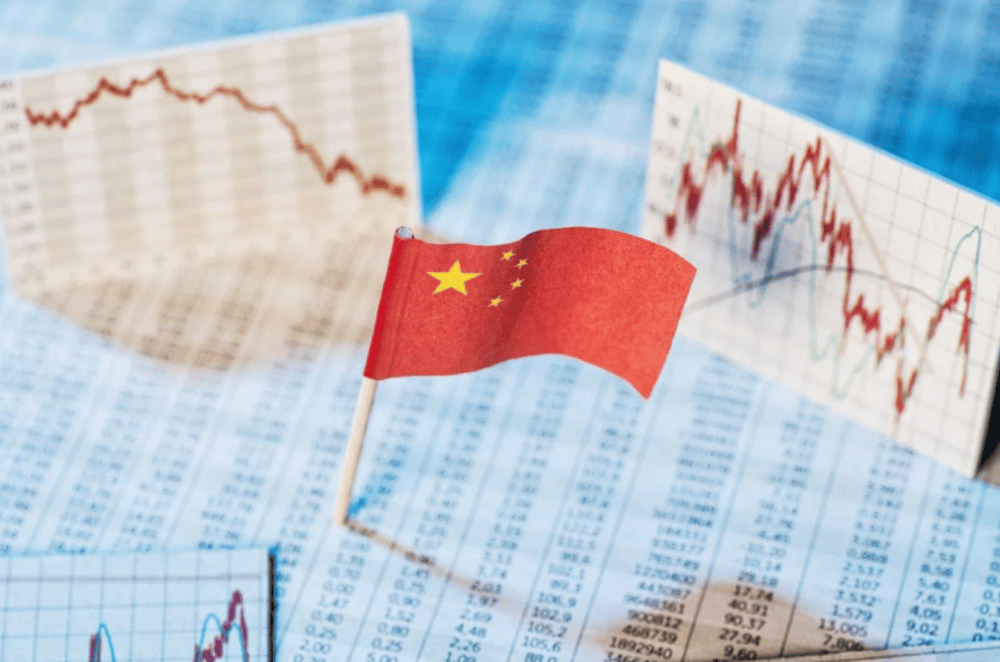In March, manufacturing activity in China surged to its fastest pace in a year, according to a survey conducted among factories nationwide. A significant boost in new orders has invigorated production, providing a welcome respite for the world's second-largest economy amid an escalating trade war with the United States. This growth serves as a compelling indicator to policymakers that the financial support implemented this year is paying off. With an economic valuation of approximately 18 trillion dollars, the country is poised to benefit even further as international buyers begin to stock up in anticipation of further trade restrictions imposed by the U.S.
Paving the Way for Steady Growth
Below is a numbered list outlining the key factors that have contributed to the surge in China’s manufacturing sector:
1. Adoption of advanced production techniques that reduce costs and boost output.
2. An expanding portfolio of foreign orders, reflecting growing international confidence in Chinese manufacturing.
3. The bolstering effect of targeted government financial support that mitigates external pressures and stabilizes the domestic market.
4. Preemptive bulk purchasing by international clients in anticipation of future U.S. trade restrictions, thereby sustaining demand.
These factors highlight a systematic approach to overcoming industrial challenges and demonstrate how carefully crafted policies can foster growth even when global conditions are less than favorable.
Navigating Shifts in Trade Relations
The international trade arena remains volatile. The United States, not one to remain passive, is preparing to announce new reciprocal tariffs aimed at addressing the perceived trade imbalance with China. The potential imposition of additional duties on Chinese goods could have broad repercussions in global markets and further incentivize foreign buyers to lock in purchases ahead of any further U.S. trade restrictions. In such an environment, the resilience of China’s industrial base is becoming increasingly evident.
Several pertinent aspects deserve attention:
• Anticipated intensification of trade tensions between the United States and China
• Adjustments in global currency regulation and shifts in financial policy
• The growing impact of trade barriers on international market dynamics
• The strategic formulation of new trade agreements that seek to establish mutually beneficial economic relationships
These points underscore that even as tariff pressures increase, China is steadfast in its pursuit of modernization and economic fortification.
Momentum in Manufacturing and Global Prospects
The recent surge in manufacturing activity is a clear signal of the effectiveness of current economic policies in China. With boosting new orders and subsequent technological modernization, the country has laid a solid foundation for continued growth even in the face of intensifying trade war pressures with the United States.
Overall, despite the external challenges and the looming possibility of tougher trade restrictions, the suite of measures designed to stimulate production is proving effective. Coupled with robust governmental financial backing and proactive adjustments by enterprises, these initiatives are set to sustain long-term economic growth. Strategic planning and timely innovations in the manufacturing sector not only enhance competitiveness on the global stage but also secure a stable financial outlook well into the future.








It's encouraging to see China's manufacturing sector bouncing back amidst the challenges!
The sale could transform the future landscape of automation in the tech sector